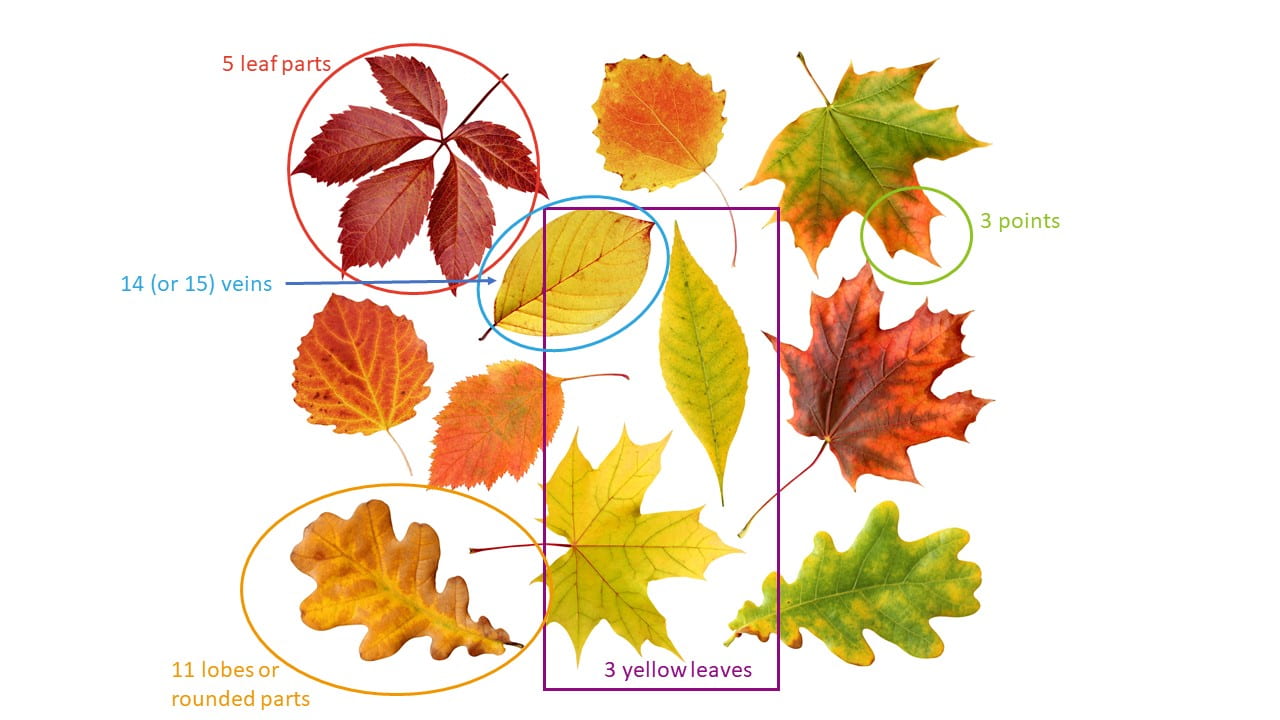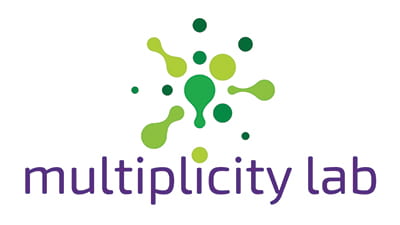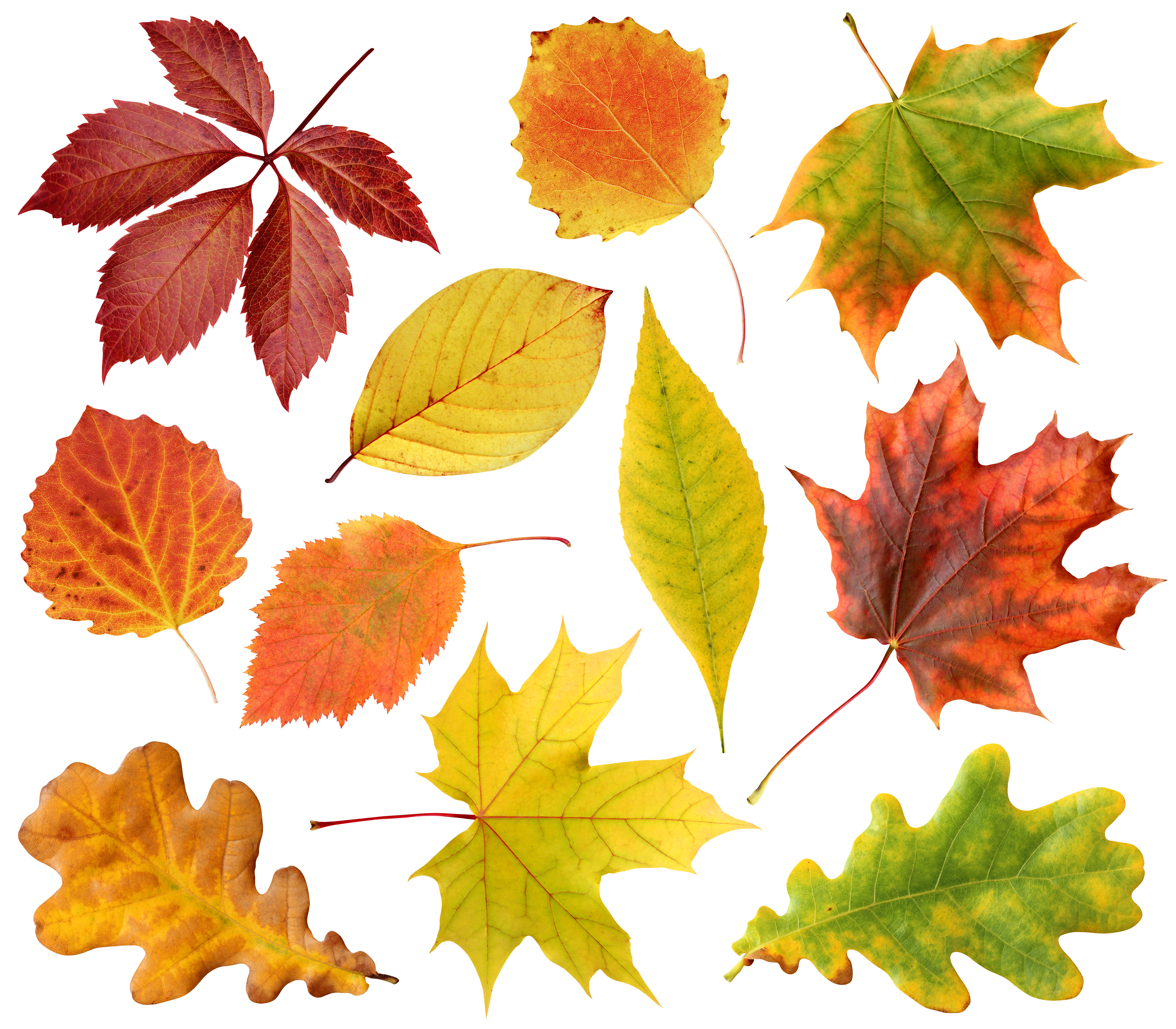Image of the Week: How Many What?
January 23, 2022How Many What?
Counting is at the heart of early childhood mathematics, and to help students develop the many concepts associated with counting, we need to invite students to count as often and in as many different ways as possible. Look at this week’s image: How many do you see? Perhaps the first thing you might think is, How many what? This is a deliberately ambiguous question, and one your students will quickly become accustomed to interpreting if you ask it frequently. We haven’t specified what to count because we want students to approach the image with an open mind, seeing and counting multiple quantities.
Here students could count all the leaves, leaves of certain colors or shapes, or parts of leaves. Here are just a few examples:

As students count different parts or sets in the image, be sure to press them to say what they counted. For instance, if a student says, “I see 3,” ask, “Three what?” This is an early opportunity to be clear that units matter. “Three” only makes sense in relation to a category, space, or collection that can be explained so that others can also see 3.
And of course, the image above represents just a small sampling of what students might count. They may also naturally begin to ask mathematical questions, like, “I wonder which leaf has the most veins,” or “Which one has the most points?” These questions can lead to more exploration, counting, estimation, and comparison. Invite your students into this complex work by asking, How many do you see? and letting them decide what to pay attention to.
And we invite you to follow us on Twitter! Tweet us the fascinating ideas you students have about our activities or how you’re trying these activities in your space. We can’t wait to hear from you!
To multiplicity, cheers!
Jen Munson and the multiplicity lab group
Read the Archive
Get the Image of the Week
Each week we bring you a new image and activity you can do with your students tomorrow, and we spotlight a feature of the mathematical work that we think is important for students’ learning and your teaching.
Stay connected and see what's new.

